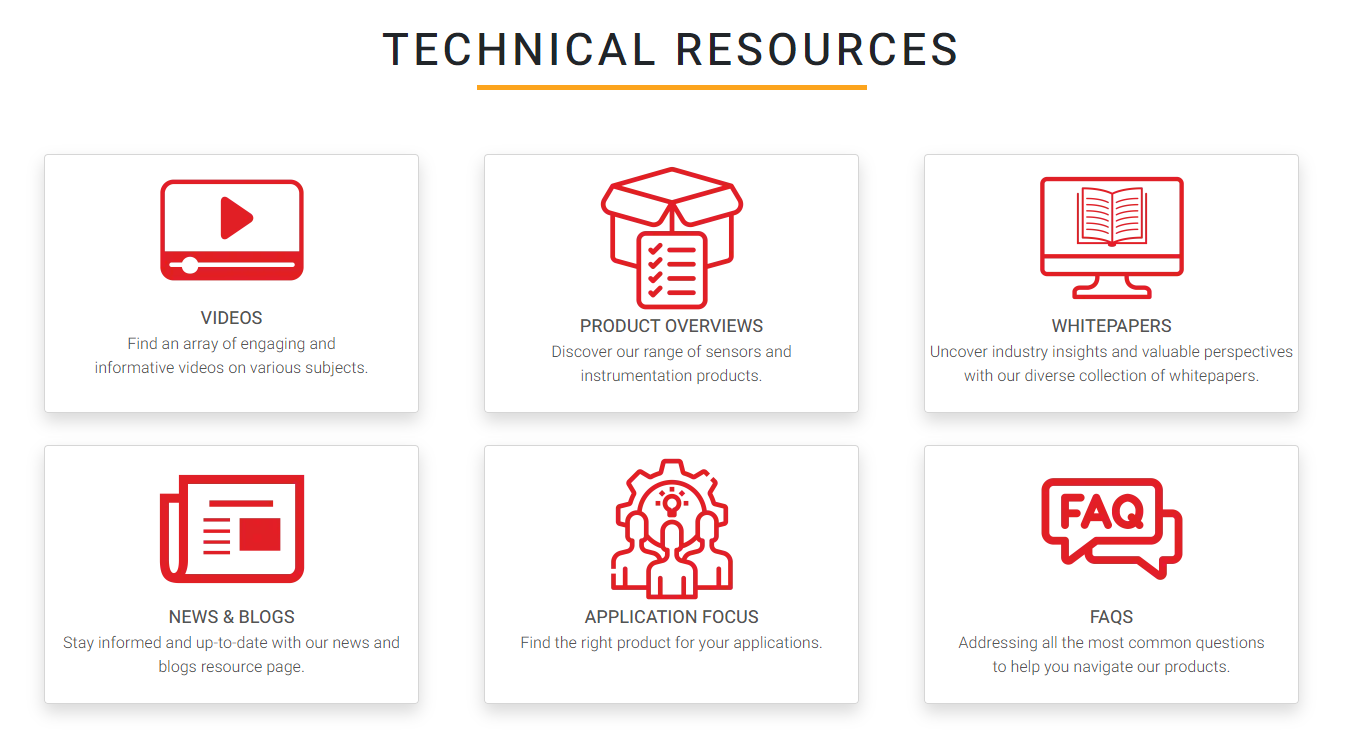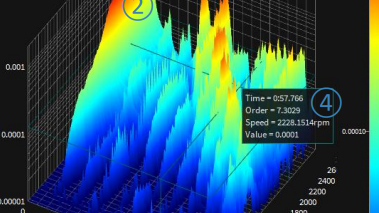Latest Oxygen 7.6 Update
Measurement Range
The measurement range of a pressure sensor is one of the most important considerations. It determines the minimum and maximum pressure levels that the sensor can accurately measure. It is crucial to choose a sensor with a range that suits your application requirements. If the pressure exceeds the sensor's range, it may result in inaccurate readings or even damage the sensor. On the other hand, if the pressure is too low for the sensor's range, it may not provide precise measurements. Consider the pressure reference too; absolute, gauge/relative, sealed gauge, etc. This is important to ensure the pressure present in the application, is what you want to measure. Carefully assess the expected pressure levels in your application and select a sensor with an appropriate measurement range & pressure reference.
Accuracy and Resolution
The accuracy and resolution of a pressure sensor are vital for obtaining precise and reliable pressure measurements. Accuracy refers to how closely the sensor's output matches the true pressure, while resolution refers to the smallest incremental change that the sensor can detect. Higher accuracy and resolution are typically desirable, especially in applications where small pressure variations need to be detected. Consider the required level of precision for your application and select a pressure sensor that offers the necessary accuracy and resolution.
Environmental Conditions
Pressure sensors can be exposed to a wide range of environmental conditions, including temperature, humidity, and vibration. It is essential to choose a sensor that can withstand these conditions without compromising its performance. Ensure that the sensor you select is suitable for the specific environment in which it will be used. Look for sensors with robust construction and appropriate protection ratings, such as IP (Ingress Protection) ratings, to ensure durability and reliability in challenging conditions.
Output Type
Pressure sensors can provide different types of output signals, such as analogue voltage, current, or digital outputs like I2C or SPI. Consider the requirements of your system and the compatibility with the existing equipment when choosing the output type. Analog outputs are commonly used when the signal needs to be processed by external circuitry, while digital outputs offer easier integration with microcontrollers and digital systems. Make sure the chosen sensor's output is compatible with your system's requirements to facilitate seamless data acquisition and processing.
Cost and Availability
Finally, consider the cost and availability of the pressure sensor. It is important to find a balance between the sensor's performance and its price. Assess your budget and compare the costs of different sensors that meet your requirements. Think about the cost of ownership. For example, is an annual re-calibration required? Additionally, consider the availability of the sensor in the long term. Look for reputable suppliers and manufacturers that offer reliable support and ensure a steady supply of the chosen sensor model to avoid any production disruptions in the future.
Final Thoughts
Choosing the right pressure sensor is crucial for accurate and reliable pressure measurements in various applications. By considering factors such as the measurement range, accuracy and resolution, environmental conditions, output type, and cost and availability, you can make an informed decision and select a pressure sensor that meets your specific needs. Remember to thoroughly research different sensor options and consult with experts in the field to ensure the best possible choice for your application.
Download the PDF version here.




